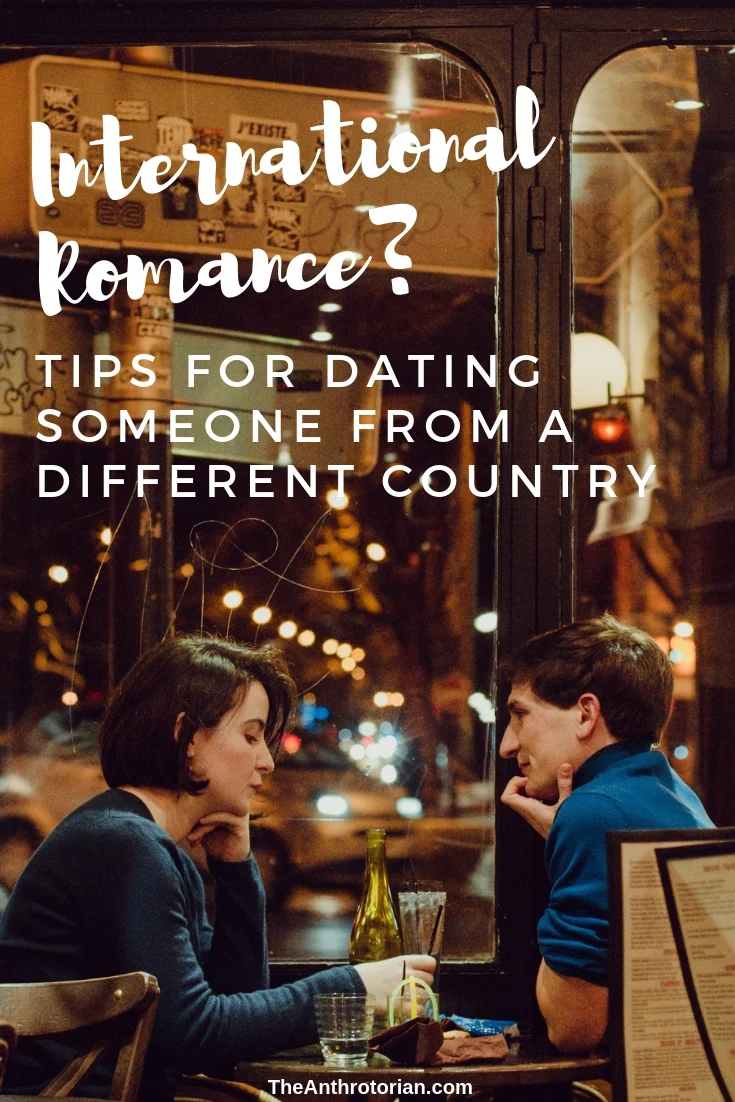Hoping to write a compelling thesis on urban poverty, first-year graduate student Sudhir Venkatesh walked boldly into the middle of Chicago’s most notorious housing projects one afternoon determined to gain some insight.
His boldness — meant to impress his professors — instead impressed a gang leader named JT who, attracted to the idea of being written about, befriended Venkatesh giving him unprecedented access into the gang’s world.
For almost a decade, JT allowed him to observe as the gang operated their crack-selling business, evaded the law, made peace (or war) with the neighbors, and rose or fell in the gang’s complex hierarchy.
Gang Leader For A Day: A Rogue Sociologist Takes to The Streets gives an eye-opening view of an “outsider looking at life from the inside” (pg xvi), and tells the story of the complicated friendship that developed between two men who — though they have ambition in common — are from completely different worlds.
































